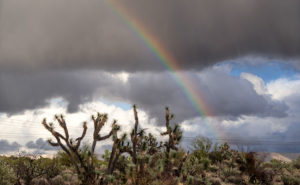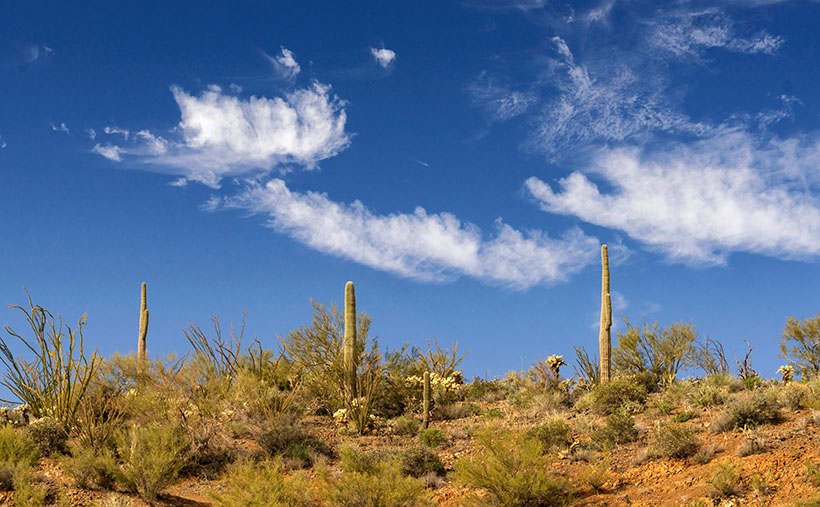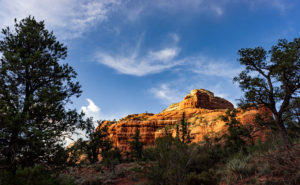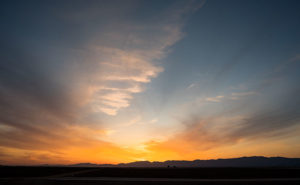Like a lot of photographers, I shoot a lot more images than I show. Most of them never see the light of day. On each outing—like last week’s rain day—I’ll fire off 50 to 75 shots and when I transfer them to my computer, I’ll have one or two keepers—if I’m lucky. The first thing I do is to delete the mistakes immediately—you know, the accidental shot of my feet that I get when taking the camera out of the bag—or shots that are hopelessly out of focus. Then I look for the best. I really should get rid of the rest, but even though I may never look at them again, I keep them on file.
There are lots of reasons that I reject a photograph. The composition isn’t right, the focus is soft, or the shot didn’t work. As a landscape photographer, I have a thing about power lines. They’re everywhere, and I have to work around them. That means that I’ll drive or walk a bit to remove them from the scene.

And that brings me to this week’s featured image that I call Rainbow Power. No matter how much we grumpy old photographers groan about them, we still look at pictures of flowers, babies, kittens, and rainbows. We just don’t want to get caught doing it. This week’s image is one of those rejects that I kept returning to it because it shows the range of light last week’s fast-moving storm dragged along the Joshua Tree Parkway as it moved north. Besides, I think rainbows are pretty.
I’ll probably never print this image because of the power lines, but this rainbow was intense and seemed to disappear into the clouds then descend again to the left out of the camera’s view. Oh, and I missed the pink unicorn because it ran over the hill before I could frame the shot. Moments after snapping this image, even the rainbow disappeared. The weather was happening so fast that I didn’t have time to work it—trying different angles, different framing, or changing the site to eliminate the wires. All that I had time to do was capture the moment—warts and all.
You can see a larger version of Rainbow Power on its Web Page by clicking here. I hope you enjoy viewing this week’s post and next week; we’ll show another featured image from the Joshua Tree Parkway.
Until next time — jw



